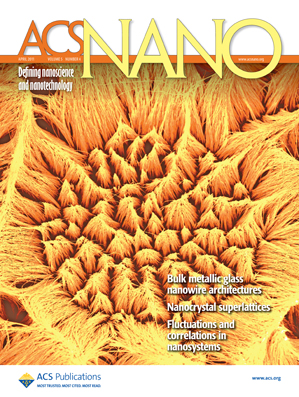Citation: Jialu Zhang, Chuan Wang, Yue Fu, Yuchi Che, and Chongwu Zhou, ACS Nano (2011), 5, 4, 3284–3292.
Summary: Due to extraordinary electrical properties, preseparated, high purity semiconducting carbon nanotubes hold great potential for thin-film transistors (TFTs) and integrated circuit applications. One of the main challenges it still faces is the fabrication of air-stable n-type nanotube TFTs with industry-compatible techniques. Here in this paper, we report a novel and highly reliable method of converting the as-made p-type TFTs using preseparated semiconducting nanotubes into air-stable n-type transistors by adding a high-κ oxide passivation layer using atomic layer deposition (ALD). The n-type devices exhibit symmetric electrical performance compared with the p-type devices in terms of on-current, on/off ratio, and device mobility. Various factors affecting the conversion process, including ALD temperature, metal contact material, and channel length, have also been systematically studied by a series of designed experiments. A complementary metal−oxide−semiconductor (CMOS) inverter with rail-to-rail output, symmetric input/output behavior, and large noise margin has been further demonstrated. The excellent performance gives us the feasibility of cascading multiple stages of logic blocks and larger scale integration. Our approach can serve as the critical foundation for future nanotube-based thin-film macroelectronics.
